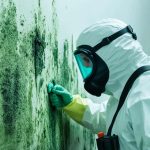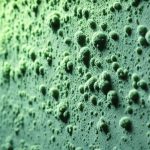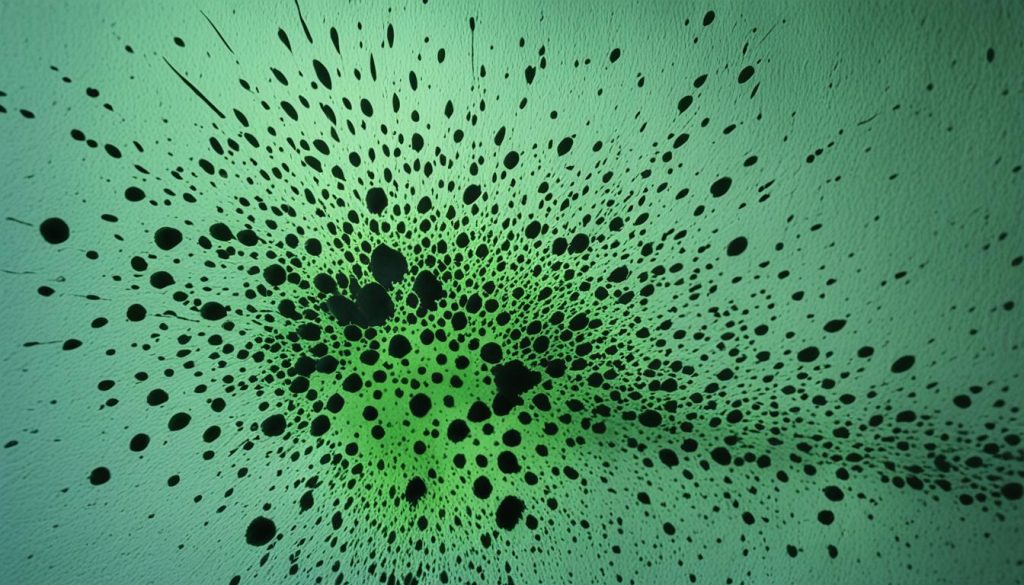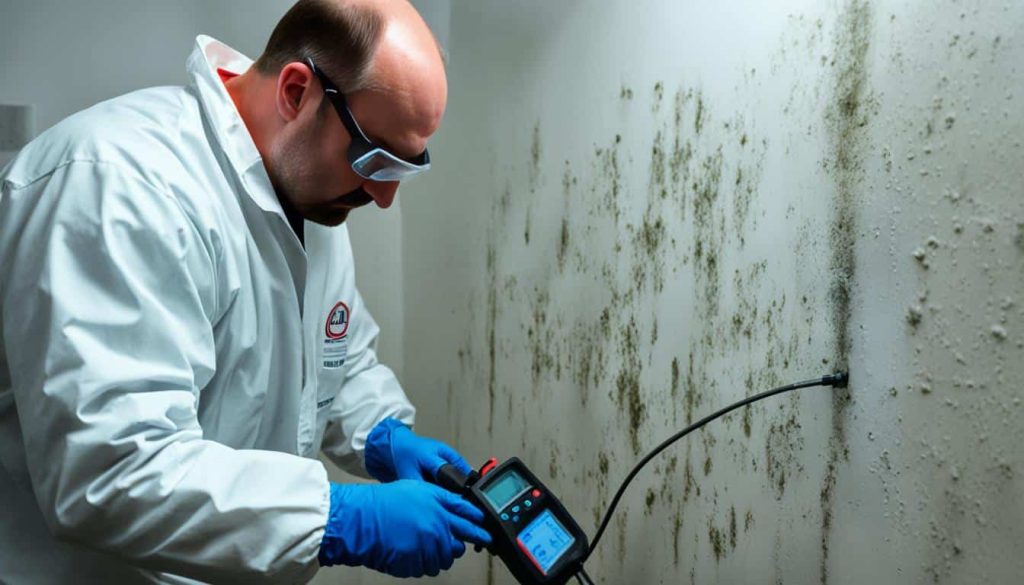Cleaning mold is a task that requires precision, care, and a deep understanding of the various factors at play. Mold can only grow when moisture is present, making it crucial to identify and eliminate the source of moisture before any cleaning efforts can be effective. Without addressing the underlying cause, mold is likely to return, potentially leading to more extensive damage and health risks. And here we will talk about How to Clean Mold.
Array of Solutions, a trusted name in mold removal in Greenville South Carolina since 2007, stands ready to tackle your mold woes. With our expert mold inspection Greenville services and EPA-Registered credentials, we’re equipped to detect, remove, and prevent mold growth in your home or business.
Table of Contents
Understanding the Nature of Mold
Mold is a type of fungus that thrives in damp, humid conditions. It can grow on various surfaces, including wood, drywall, carpeting, and even glass. The type of mold, the surface it’s growing on, and the extent of the contamination all influence the cleaning process. For example, mold on non-porous surfaces like glass or tile can often be cleaned more easily than mold on porous surfaces like wood or drywall, where it can penetrate deeper and be more challenging to remove.
Mold Spores and Counts: Before cleaning, it’s important to understand the type of mold spores present and their concentration levels. Mold spores are microscopic and can become airborne, making them easy to inhale. High spore counts in an indoor environment can lead to respiratory issues, allergic reactions, and other health problems. Professional testing can help determine the specific type of mold and the severity of the contamination, guiding the cleaning process.
Step-by-Step How to Clean Mold Process
- Quarantine the Area of Growth: The first step in cleaning mold is to isolate the affected area. This prevents the mold spores from spreading to other parts of the home or business. Sealing off the area with plastic sheeting and duct tape can help contain the mold.
- Create Negative Pressure: To further prevent mold spores from spreading, it’s essential to create negative pressure in the contaminated area. This involves using fans and air purifiers to direct air out of the space, ensuring that no spores escape into other areas. All vents, windows, and walkways should be sealed during this process.
- Wear Protective Gear: Safety is paramount when dealing with mold. Mold spores can be hazardous to your health, especially in high concentrations. It’s important to wear protective breathing equipment, such as an N95 respirator, along with gloves, goggles, and full-body protective clothing. This minimizes your exposure to mold spores and the chemicals used in the cleaning process.
- HEPA Vacuum the Area: A HEPA (High-Efficiency Particulate Air) vacuum is essential for removing loose mold spores from surfaces. This type of vacuum is designed to trap small particles like mold spores, preventing them from becoming airborne. Thoroughly vacuum all affected surfaces to remove as much mold as possible before applying any cleaning agents.
- Apply a Fungicide: After vacuuming, it’s time to treat the mold-affected area with a fungicide. It’s important to note that common household cleaners like bleach and borax are rarely effective in fully eradicating mold. Bleach, for example, may kill surface mold but can leave behind the microflora, allowing the mold to regrow if moisture returns. At Array of Solutions, we use green-safe products that are effective at killing mold without harming the environment or your health. These products penetrate the surface to eliminate mold at its roots, ensuring a more thorough clean.
- HEPA Vacuum Again: After applying the fungicide, another round of HEPA vacuuming is necessary to remove any remaining mold spores and residues. This step is crucial for ensuring that the area is as clean as possible before it is reoccupied.
- Dispose of All Cleaning Materials: Finally, all materials used during the cleaning process, including rags, plastic sheeting, and protective clothing, should be carefully disposed of in sealed bags. This prevents any remaining mold spores from spreading or contaminating other areas.
Preventing Mold Recurrence
Cleaning mold is just one part of the process. Preventing mold from returning requires ongoing attention to moisture control. Here are some tips to keep mold at bay:
- Fix Leaks Immediately: Any leaks in plumbing, roofing, or windows should be repaired as soon as they are discovered. Even a small leak can create the conditions for mold to grow.
- Use Dehumidifiers: In areas prone to high humidity, such as basements or bathrooms, a dehumidifier can help reduce moisture levels, making it harder for mold to thrive.
- Improve Ventilation: Proper ventilation is key to preventing mold growth. Ensure that your home or business has adequate ventilation, especially in moisture-prone areas like kitchens, bathrooms, and laundry rooms.
- Monitor Humidity Levels: Aim to keep indoor humidity levels below 60%. Use a hygrometer to monitor humidity and take action if levels start to rise.
Why Professional Help Is Often Necessary
While some small mold issues can be handled by homeowners or business owners, larger infestations or cases involving toxic mold species should be dealt with by professionals. At Array of Solutions, we offer comprehensive mold remediation services, including testing, cleaning, and prevention. Our expertise ensures that mold is not only removed but that the underlying causes are addressed to prevent future issues.
Conclusion
Mold is a persistent problem that requires careful handling to ensure it is fully eradicated and does not return. By following the steps outlined above, you can effectively clean mold from your home or business and take measures to prevent it from coming back. For more information or to consult with a mold remediation specialist, contact Douglas at Array of Solutions. We’re here to help you create a safe, mold-free environment.







